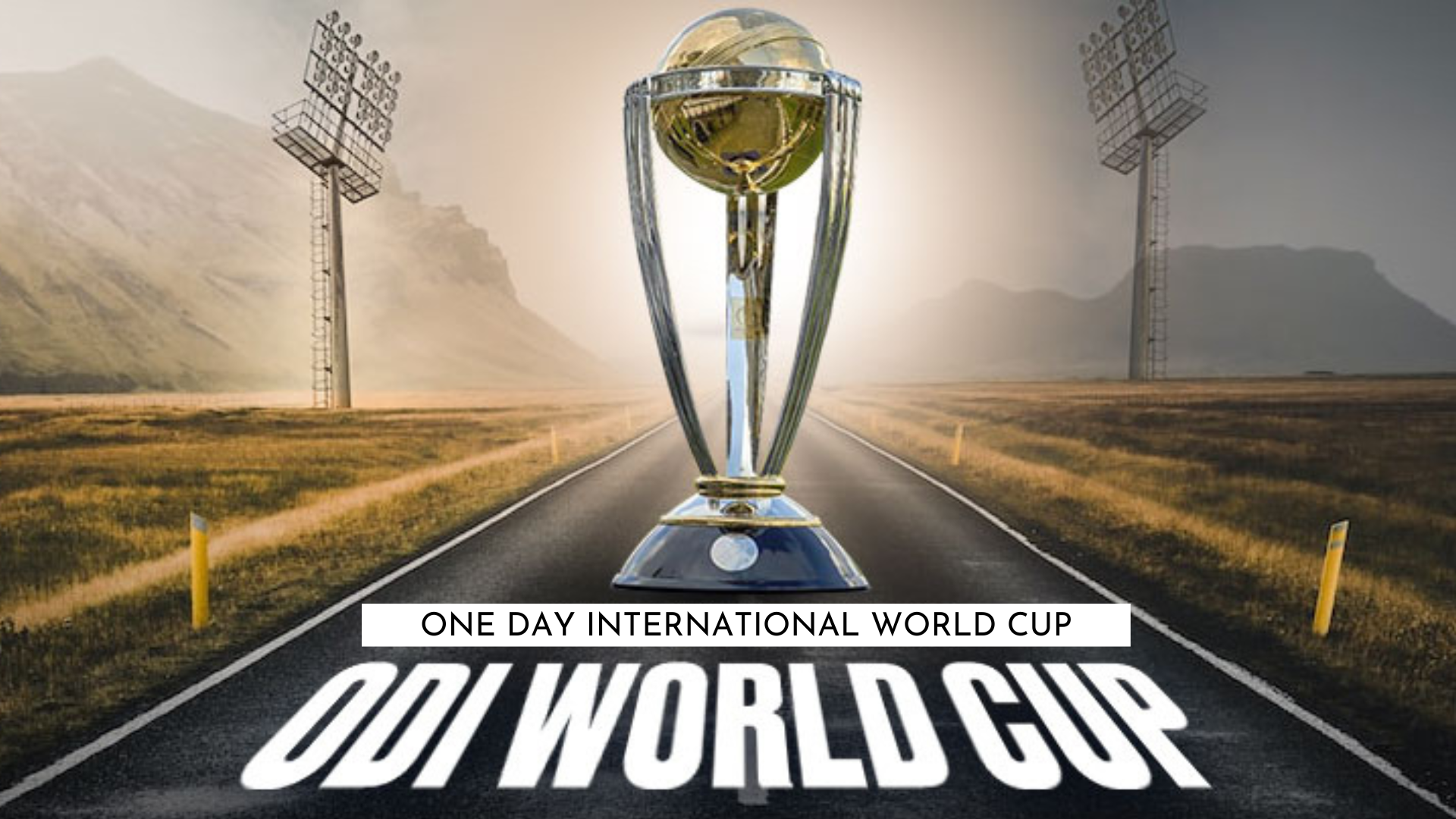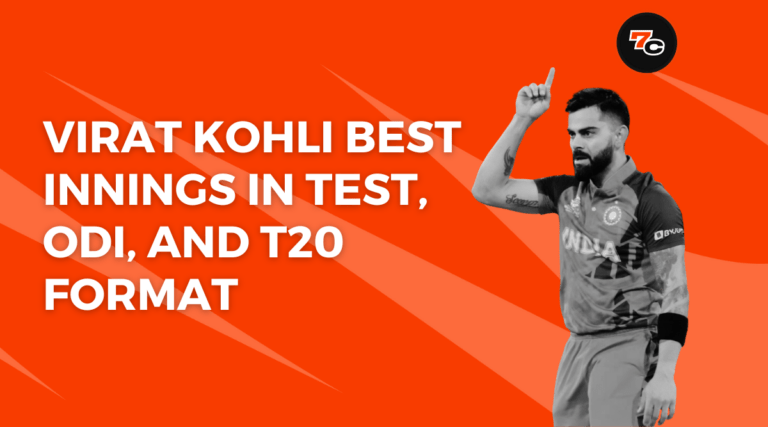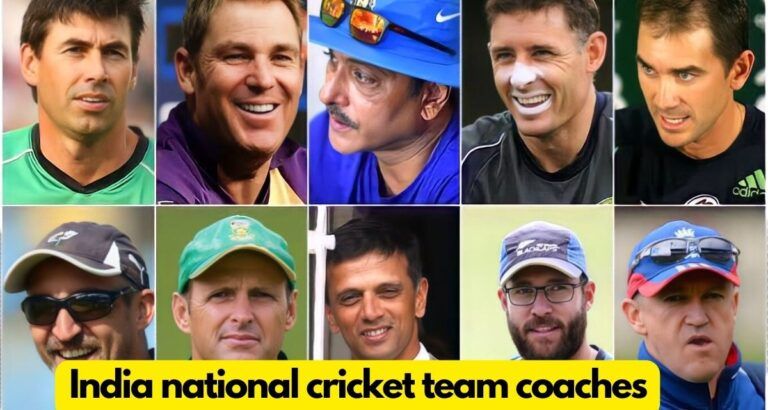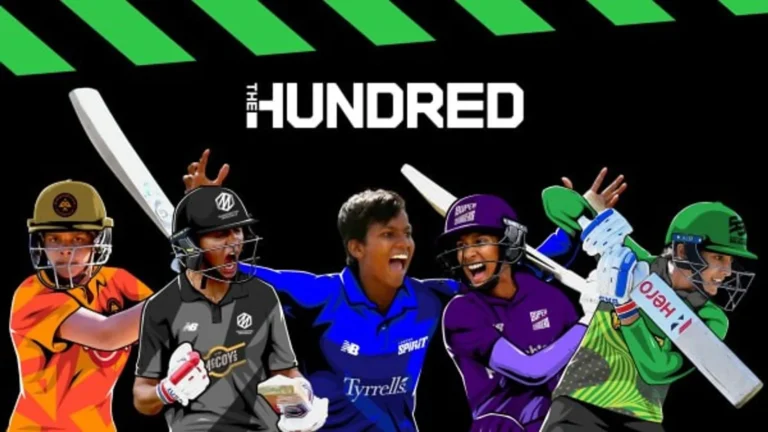One Day International World Cup – The Great Evolution and the Impact
One Day International World Cup stands as a beacon of excellence in the cricketing realm, symbolizing the pinnacle of one-day international cricket.
Initiated in 1975, this grand tournament has evolved from a modest gathering of the cricketing elite to a global spectacle, drawing teams and fans from every corner of the world.
Get up to ₹20,000 Bonus Every Week!
Get up to ₹20,000 Bonus Every Week!
- Easy Sign-Up and Deposits
- The Biggest Bonuses in India
- 300% Welcome Bonus up to ₹10,000
Unlike regular ODI matches, the World Cup brings with it an unparalleled intensity.
Every four years, nations converge with a singular dream – to clinch the coveted trophy and etch their names in the annals of cricketing history.
The tournament has witnessed countless iconic moments, from underdog triumphs to individual brilliance, each adding a new chapter to its rich legacy.
The significance of the One Day International World Cup transcends beyond just the matches.
It’s a celebration of cricket, a festival that unites diverse cultures and fosters a spirit of camaraderie.
For players, it’s an opportunity to showcase their prowess on the world stage, and for fans, it’s a chance to rally behind their nations, basking in the highs and lows of this beautiful game.
In essence, the One Day International World Cup is not just a tournament; it’s an emotion, a journey of passion, determination, and unparalleled skill, culminating in a crescendo of cricketing glory.
The Genesis of One Day International World Cup
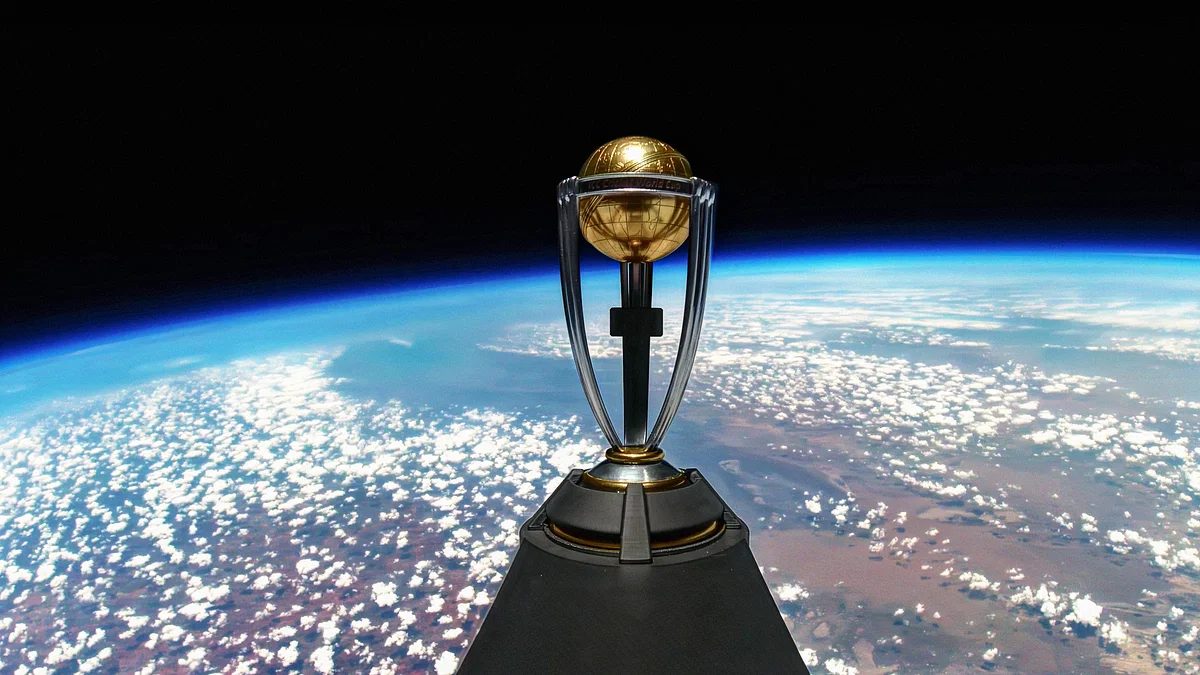
The Cricket World Cup, a prestigious tournament that captures the hearts of millions, has a rich history that dates back to 1975.
Held every four years, this event has seen the evolution of the game, witnessed iconic moments, and celebrated the spirit of cricket.
Inception in 1975
The inaugural Cricket World Cup took place in 1975 in England. Known as the Prudential Cup due to its sponsorship by the financial services company, prudential plc, the matches were played with a traditional white uniform and red balls.
With 60 overs per side, these day matches set the stage for what would become a global phenomenon.
Evolution of Participating Teams
Initially, the One Day International World Cup saw participation from eight teams: England, New Zealand, India, East Africa, Australia, West Indies, Pakistan, and Sri Lanka. Over the years, this number grew.
By 2007, a total of 16 teams graced the tournament, with new entrants like UAE, Netherlands, and Kenya making their mark.
The dynamic nature of the tournament ensured that teams like Bangladesh and Scotland also got their chance to shine on the world stage.
Milestones and Innovations
One Day International World Cup has been a ground for innovation. The 1987 edition was the first to be hosted outside England, marking a significant shift in the tournament’s geography.
This edition also introduced neutral umpires. By 1996, the concept of the third umpire in front of the TV monitor was introduced, revolutionizing decision-making in the game.
Anticipation for the Next One Day International World Cup
With each edition, the excitement and anticipation for the next Obe Day International World Cup grow exponentially.
Fans eagerly await to see which team will rise to the occasion, which players will become legends, and which moments will be etched in history.
The next One Day International World Cup promises to be a grand spectacle, building on the legacy of its predecessors.
The Cricket World Cup is not just a tournament; it’s a celebration of the sport’s spirit, history, and evolution.
As fans around the world gear up for the next One Day International World Cup, the legacy of this iconic event serves as a reminder of the passion, dedication, and love for the game that transcends boundaries.
The Format of One Day International World Cup
The One Day International (ODI) World Cup is not just a cricket tournament; it’s a global celebration that brings nations together in a contest of skill, strategy, and spirit.
The 2023 edition, set to be held in India, promises to be an enthralling chapter in this storied legacy.
Anticipation of World Cup 2023
On June 27, the International Cricket Council (ICC) and the Board of Control for Cricket in India (BCCI) unveiled the much-awaited schedule for the One Day International World Cup 2023.
Spanning from October 5 to November 19, a total of 48 matches will be played across 10 iconic venues in India.
The tournament will commence with a riveting rematch of the 2019 final, pitting defending champions England against runners-up New Zealand at the Narendra Modi Stadium in Ahmedabad.
Participating Nations and the Quest for Glory
Ten nations will vie for the coveted title in 2023.
While eight of these teams have secured their spots, two more will join the ranks following the conclusion of the ICC World Cup 2023 Qualifiers in Zimbabwe.
With the India One Day International World Cup squad and other teams gearing up, the stage is set for a cricketing extravaganza.
Understanding the 2023 Format: Round-Robin to Knockout
Echoing the 2019 edition in England, the One Day International World Cup 2023 will employ a round-robin and knockout format.
In the league stage, each of the 10 qualified teams will face off against every other team, culminating in nine matches per team.
Following the round-robin phase, the top four teams, based on points, will advance to the semi-finals.
The culmination will see the two semi-final victors clashing in the grand final on November 19 in Ahmedabad.
Historical Formats: A Glimpse into the Past
The World Cup’s format has seen various iterations over the years. From the group stages in the 2007 West Indies edition to the Super Sixes in the 1999 England and 2003 South Africa tournaments, each format brought its unique flavor and challenges.
The India One Day International World Cup squad, along with other participating teams, has had to adapt and strategize according to these evolving formats, adding to the intrigue and excitement of the tournament.
Iconic One Day International World Cup Tournaments and Matches
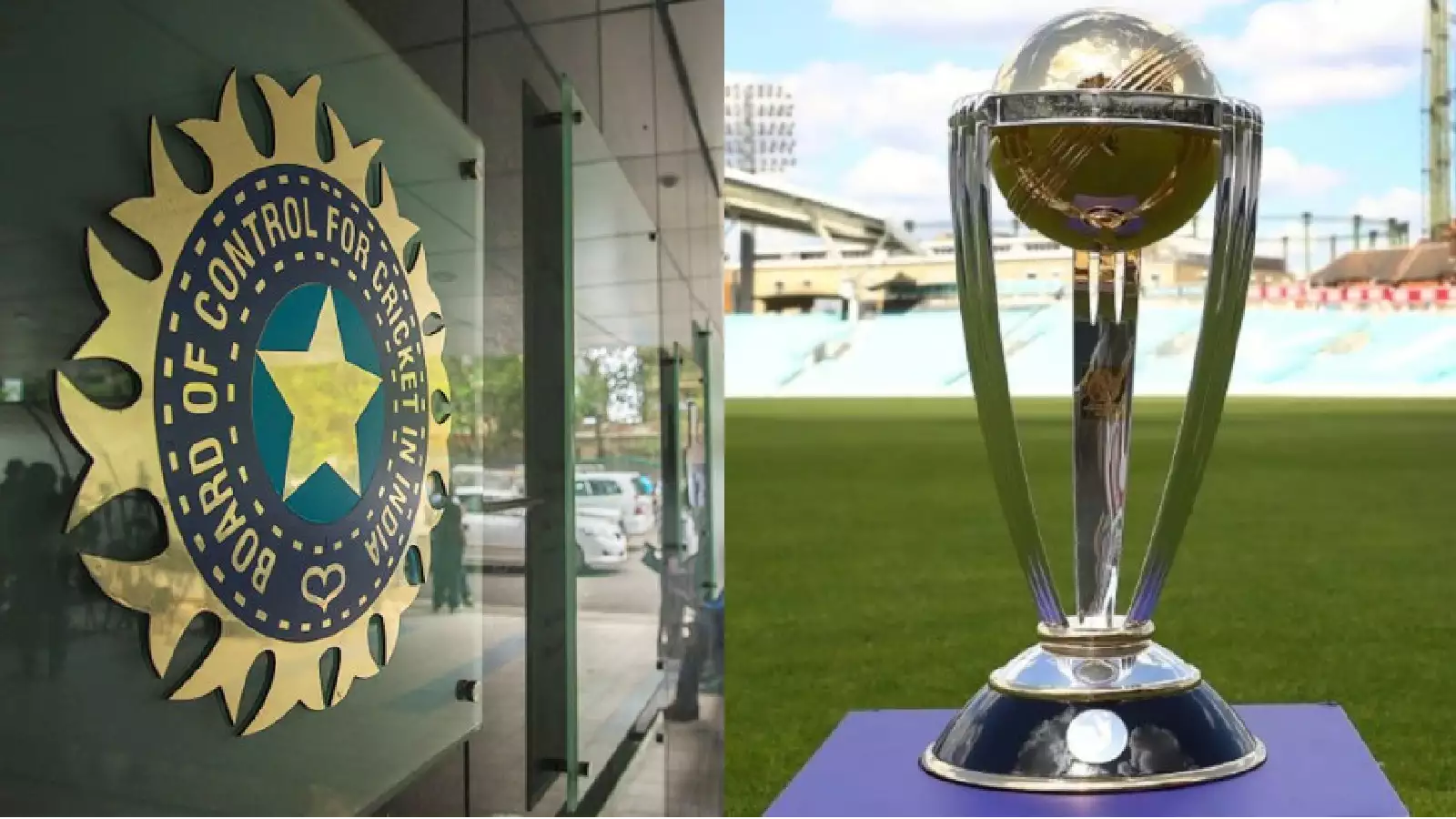
The ICC One Day International World Cup has been a stage for some of the most memorable moments in cricket history.
From individual brilliance to team efforts, the World Cup has seen it all.
This article delves into the top 10 iconic moments from the World Cup, as featured on Bleacher Report.
1. Australia’s Dramatic Tie with South Africa (1999)
In the 1999 World Cup semi-final, Australia and South Africa ended in a dramatic tie.
Both teams scored 213, but the story behind the scores is what made this match unforgettable.
Lance Klusener’s heroics in the final over and the infamous run-out of Allan Donald are etched in cricket folklore.
This tie allowed Australia to advance to the final due to their superior performance in the Super Sixes.
2. Olonga and Flower’s Bold Statement (2003)
Henry Olonga and Andy Flower, representing Zimbabwe, wore black armbands during a match against Namibia in the 2003 World Cup.
This was a brave protest against the political situation in Zimbabwe, symbolizing the “death of democracy.”
Their courageous act had significant repercussions, marking the end of their international careers.
3. Kevin O’Brien’s Heroics for Ireland (2011)
Kevin O’Brien’s blistering century against England in the 2011 World Cup is one for the ages. Coming in at a challenging position, O’Brien’s power-hitting led Ireland to a historic victory over their more fancied opponents.
4. The Rain Tragedy for South Africa (2003)
South Africa’s World Cup campaigns have often been marred by rain. In 2003, the Duckworth-Lewis method played a cruel joke on them, leading to their exit from the tournament in the group stages.
5. Gatting’s Ill-Timed Reverse Sweep (1987)
Mike Gatting’s decision to play a reverse sweep in the 1987 World Cup final against Australia proved costly. This moment is often pinpointed as the turning point that led to England’s defeat.
6. Gibbs’ Six Sixes in an Over (2007)
Herschelle Gibbs made history in the 2007 World Cup by becoming the first player to hit six sixes in an over of international cricket.
This feat came against the Netherlands and remains one of the highlights of the ICC One Day International World Cup.
7. Tendulkar’s Farewell at Home (2011)
Sachin Tendulkar, the highest run-scorer in World Cup history, had a fairytale ending to his World Cup career in 2011. India’s victory at the Wankhede Stadium in Mumbai was a fitting tribute to the Little Master.
8. Wasim Akram’s Double Strike (1992)
Wasim Akram’s two wickets in consecutive deliveries in the 1992 final against England turned the tide in Pakistan’s favor. This performance is a testament to Akram’s brilliance and Pakistan’s first World Cup win.
9. Leverock’s Stunning Catch (2007)
Dwayne Leverock’s one-handed stunner for Bermuda against India in 2007 is one of the most celebrated moments in World Cup history. Despite Bermuda’s heavy defeat, Leverock’s catch remains iconic.
10. Waugh’s Reprieve and Century (1999)
Steve Waugh’s dropped catch by Herschelle Gibbs in the 1999 World Cup is a moment that changed the course of the tournament.
Waugh went on to score a century, leading Australia to victory.
One Day International World Cup Winner List
The One Day International (ODI) World Cup is a testament to the pinnacle of cricketing excellence.
Over the years, this prestigious tournament has witnessed thrilling matches, iconic moments, and the rise of cricketing giants.
This article delves into the illustrious history of the One Day International World Cup, highlighting the champions who have etched their names in golden letters.
Dawn of the One Day International World Cup
The One Day International World Cup journey began in 1975 in England, marking the inception of a global cricketing event.
Initially played as 60-over matches, the format saw a shift to 50 overs per side in 1987 when the tournament was hosted outside England for the first time, in India and Pakistan.
One Day International World Cup Winner List: A Glimpse Through Time
The One Day International World Cup winner list is a testament to the dominance and prowess of cricketing nations.
Australia leads the tally with five World Cup titles, followed by India and West Indies with two titles each.
The 2019 edition, hosted by England and Wales, witnessed a nail-biting final where England emerged victorious, marking their maiden World Cup win.
- 1975: West Indies defeated Australia.
- 1979: West Indies outplayed England.
- 1983: India triumphed over West Indies.
- 1987: Australia clinched the title against England.
- 1992: Pakistan emerged victorious against England.
- 1996: Sri Lanka defeated Australia.
- 1999: Australia bested Pakistan.
- 2003: Australia dominated against India.
- 2007: Australia reigned supreme over Sri Lanka.
- 2011: India defeated Sri Lanka.
- 2015: Australia overcame New Zealand.
- 2019: England won against New Zealand in a thrilling tie-breaker.
Dominance of Australia
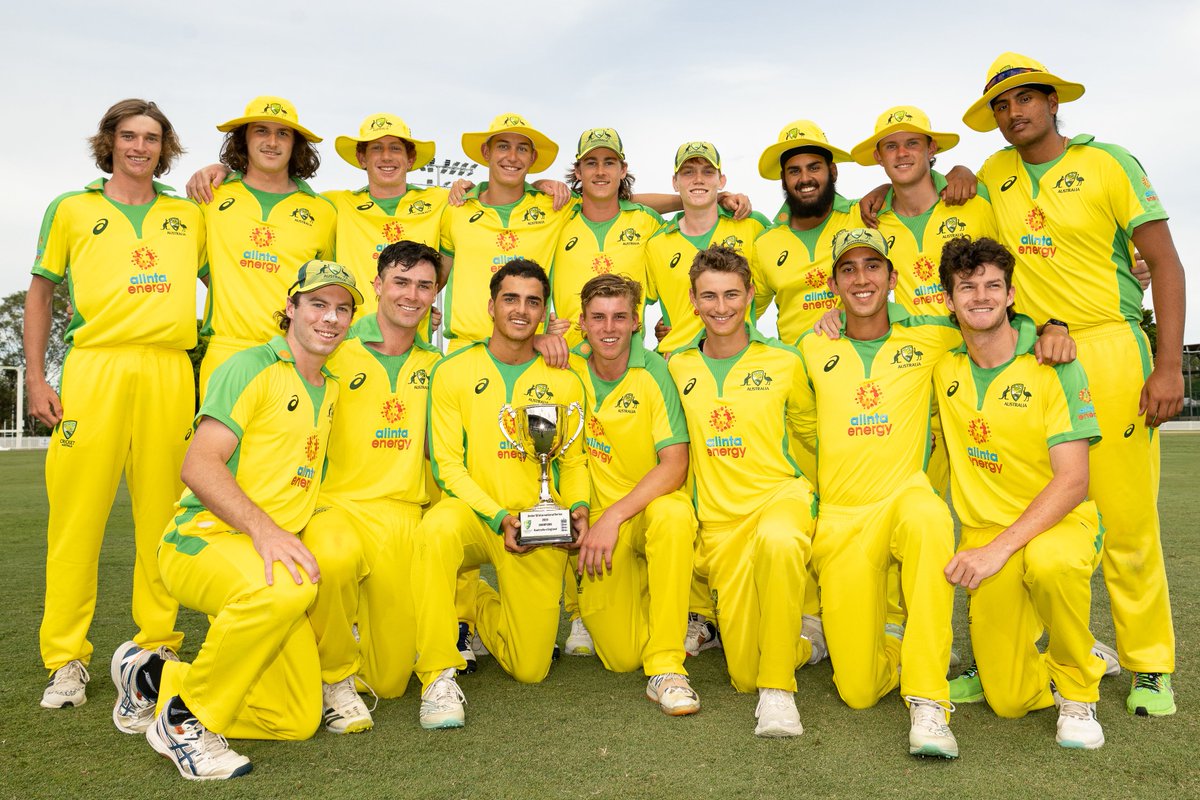
Australia’s cricketing prowess is evident in the One Day International World Cup winner list. With five titles under their belt, they have showcased consistent performance and dominance in the One Day International World Cup arena.
FAQ - Answer and Quesion About One Day International World Cup
What are one day international also called?
One Day Internationals are also called "ODIs."
200% Spribe Aviator Welcome Bonus
200% Spribe Aviator Welcome Bonus
- Fastest Indian Rupees Withdrawals
- Win 1000x Bet Amount!
- 450% Bonus up to ₹1,000,000
How much time does an ODI take?
The One Day International (ODI) World Cup is played as a series of one-day matches with 50 overs per side.
What is the history of One Day International World Cup?
The ODI World Cup journey began in 1975 in England, and this was the inaugural edition of the World Cup, and it was played as a series of one-day matches with 60 overs per side.

